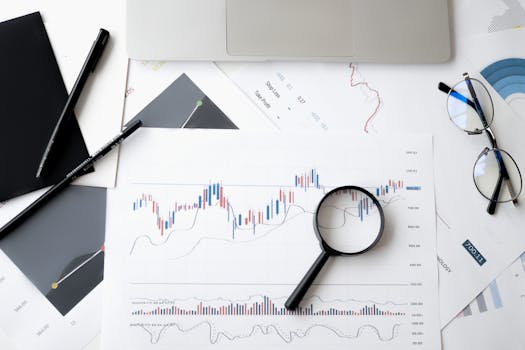Companies with the best and the worst technicals.
Lists of companies in NSE500 with the best and the worst technicals...
Lists of companies in NSE500 with the best and the worst technicals...
Lists of companies in NSE500 with the best and the worst fundamentals...
List of the latest important filings for NSE500....

We explore the rise of eco-friendly businesses such as Beco and Zerowaste...

This article examines the recent slowdown in GDP growth to 5.4 percent,...

This article delves into the increasing interest in personal loans, comparing offerings...

In recent years, the Buy Now, Pay Later (BNPL) services have surged in popularity among consumers seeking more flexible payment options. Offering an alternative to traditional credit, BNPL services allow shoppers to split their purchases into manageable installments, thus attracting a wide array of consumers, particularly younger demographics. As of 2023, over 45% of U.S. internet users aged 18-29 reported using BNPL services, according to a survey conducted by Pymnts.com.
Consumers are increasingly drawn to BNPL solutions due to their accessibility and convenience. Major retailers, including Amazon and Walmart, have begun integrating BNPL options into their payment systems, enhancing user experience while driving sales. This surge is attributed to a cultural shift towards digital commerce, where instant gratification demands flexible payment methods.
The BNPL model typically requires minimal to no interest at the point of purchase, making it an attractive alternative for consumers who do not want to incur traditional credit card debt. A study by Worldpay found that BNPL transactions accounted for approximately 20% of e-commerce sales in 2022, a substantial rise from just 4% in 2020. According to the Finance & Accounting International Committee, BNPL transactions are expected to hit $680 billion globally by 2025.
Young adults, particularly Millennials and Generation Z, are the primary users of BNPL services. Research from McKinsey & Company shows that nearly 60% of Gen Z shoppers have utilized BNPL in the past year, highlighting a change in shopping behaviors. As these generations come of age financially, their adoption of BNPL models is not only reshaping consumer spending but also reflecting broader economic trends that prioritize flexibility and accessibility.
Retailers have reported a noticeable increase in sales after adopting BNPL options, with average order values rising by as much as 20%. In 2022, retailers offering BNPL reported increased traffic both online and in-store. For example, Afterpay reported that customers who used their services spent an average of 25% more per transaction compared to customers not using BNPL.
Furthermore, the global reach of BNPL services has encouraged small businesses to enter the digital landscape by collaborating with BNPL providers. This fosters competition and innovation within the retail sector, providing consumers with more choices. A 2023 report by Allied Market Research predicted that the global BNPL market is set to grow at a CAGR of 26.9% from 2023 to 2030.
Despite its apparent benefits, the rise of BNPL services is not without negative repercussions. Critics argue that the ease of access to such flexible payment options can lead to increased consumer debt. A 2022 survey by Credit Karma revealed that 45% of BNPL users had missed a payment, raising concerns about the potential for financial strain, particularly among younger borrowers.
Many BNPL providers implement late fees that can accumulate quickly, with some reaching up to $7 per late payment. For consumers already living paycheck to paycheck, these fees can exacerbate financial challenges rather than provide a more manageable solution for credit. A recent study by Consumer Financial Protection Bureau (CFPB) suggested that consumers are at risk of falling into a cycle of debt, making defaults more common among BNPL users.
The increasing usage of BNPL services has caught the attention of regulators both in the United States and abroad. The CFPB is closely monitoring the industry and has sought to impose stricter regulations to protect consumers. In particular, the agency aims to ensure that users are fully informed about the terms of their agreements, including fees and penalties.
Countries like Australia and parts of the European Union have already taken progressive steps in regulating BNPL services. With the global nature of the market, U.S. regulators are under pressure to reflect these changes to avoid leaving consumers vulnerable amid rapid growth.
As the popularity of BNPL services continues to rise, it is essential for both consumers and regulators to weigh the benefits against the potential pitfalls. Striking a balance between offering flexible payment options and ensuring consumer protection will be crucial for the sustainable growth of BNPL services in the financial landscape.

This article evaluates the current state of volatility in the Indian stock...

The current price levels of Jio Financial Services Limited, analyzes recent developments,...